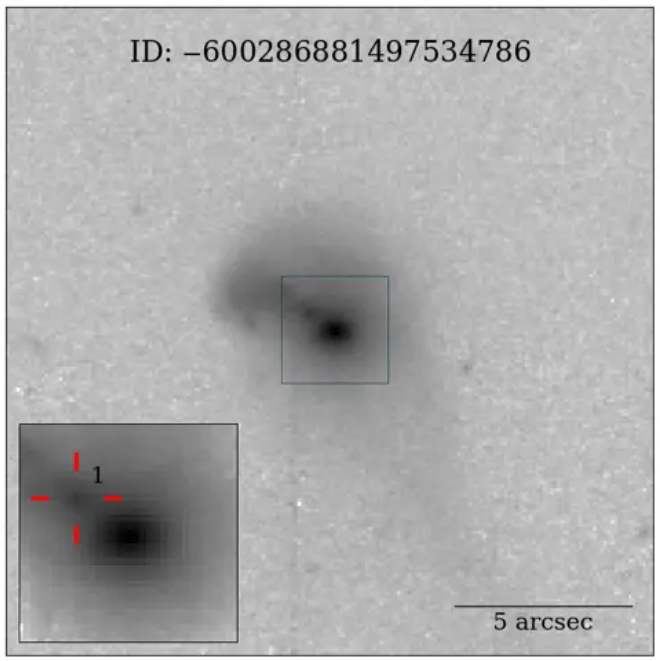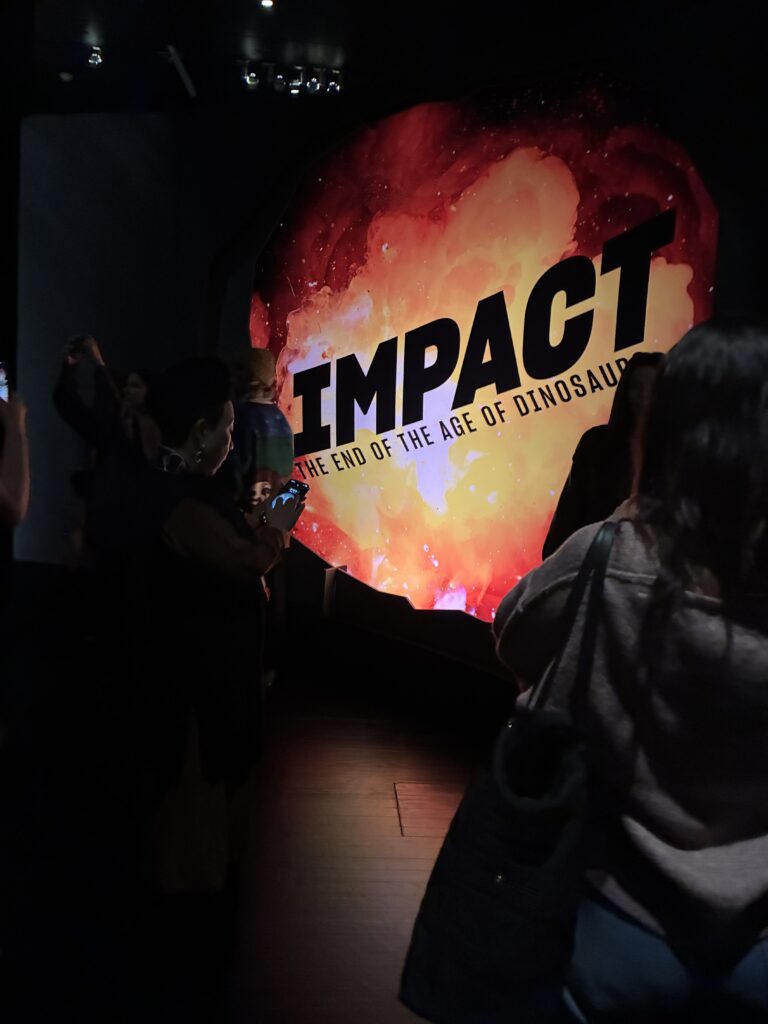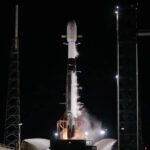Now Reading: Astrophotographer spies an ancient supernova remnant shining in the wing of a cosmic swan (photo)
-
01
Astrophotographer spies an ancient supernova remnant shining in the wing of a cosmic swan (photo)
Astrophotographer spies an ancient supernova remnant shining in the wing of a cosmic swan (photo)

Dutch astrophotographer Cornelis van Zuilen combined 35 hours of telescopic data to create an incandescent view of the Eastern Veil Nebula shining 2,100 light-years from Earth in the constellation Cygnus.
Van Zuilen’s nebula image reveals breathtaking detail in these swirling clouds of interstellar dust and gas, which were cast out into space when a star 20 times more massive than the sun ended its life in a dramatic supernova explosion some 5,000 to 8,000 thousand years ago.
Due to the weather, the image was a difficult one to capture. “I’m from the Netherlands and we like to joke here that ‘summer is the best day of the year,'” van Zuilen told Space.com in an email. “It rains a lot, so being an amateur astrophotographer is quite a challenging hobby, it requires patience and good timing. Fortunately I live just outside the city in a Bortle 5 area, which really helps with capturing good data through my telescopes.” (The Bortle scale is used to measure the brightness of the night sky, including interference from light pollution.)
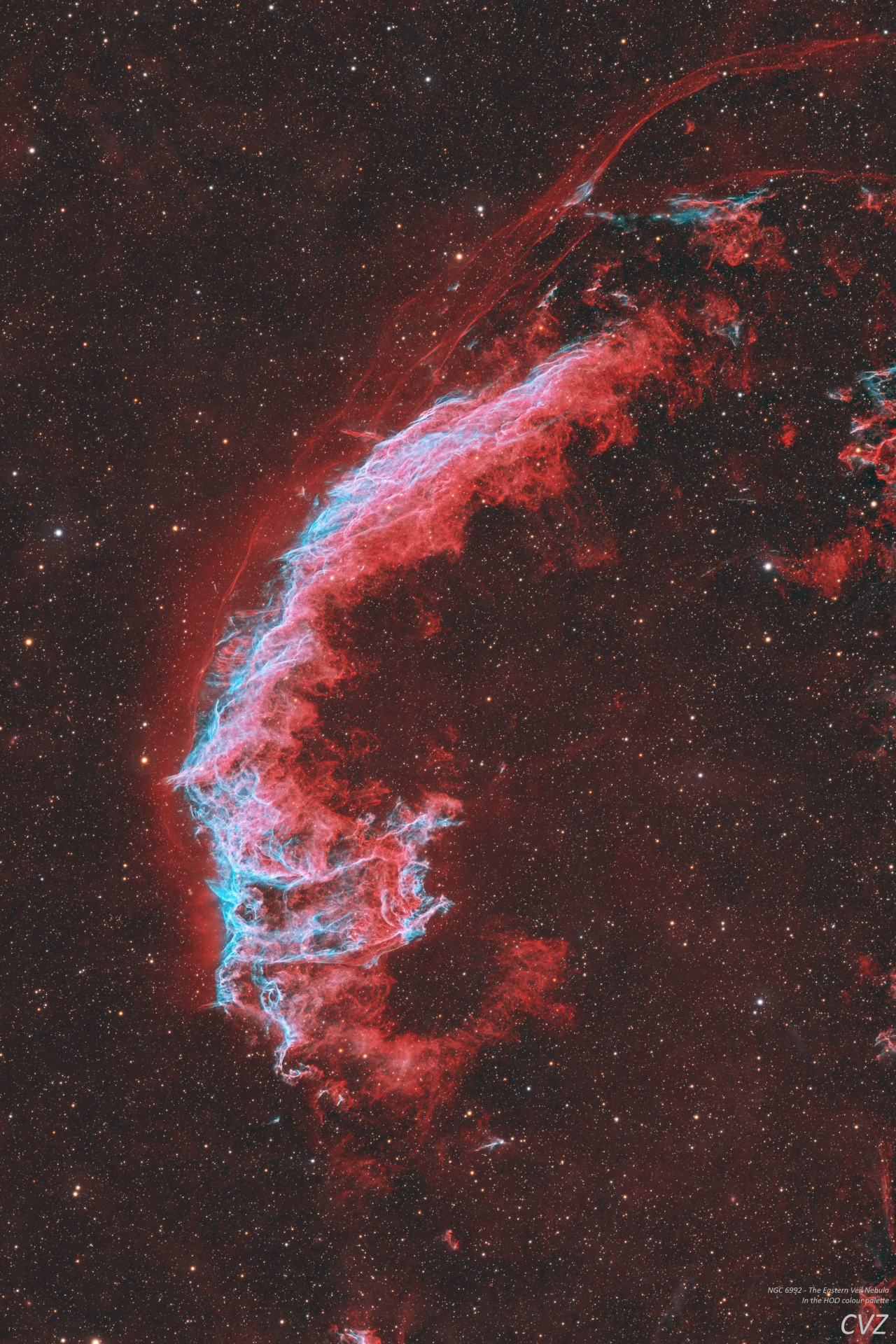
Van Zuilen captured the ancient nebula light using an Askar 103APO refractor telescope in conjunction with a ZWO manufactured camera along with an astronomy filter and peripherals as it hung in the Bortle 5 skies over the town of Heiloo in the Netherlands.
ZWO ASI533MC Pro
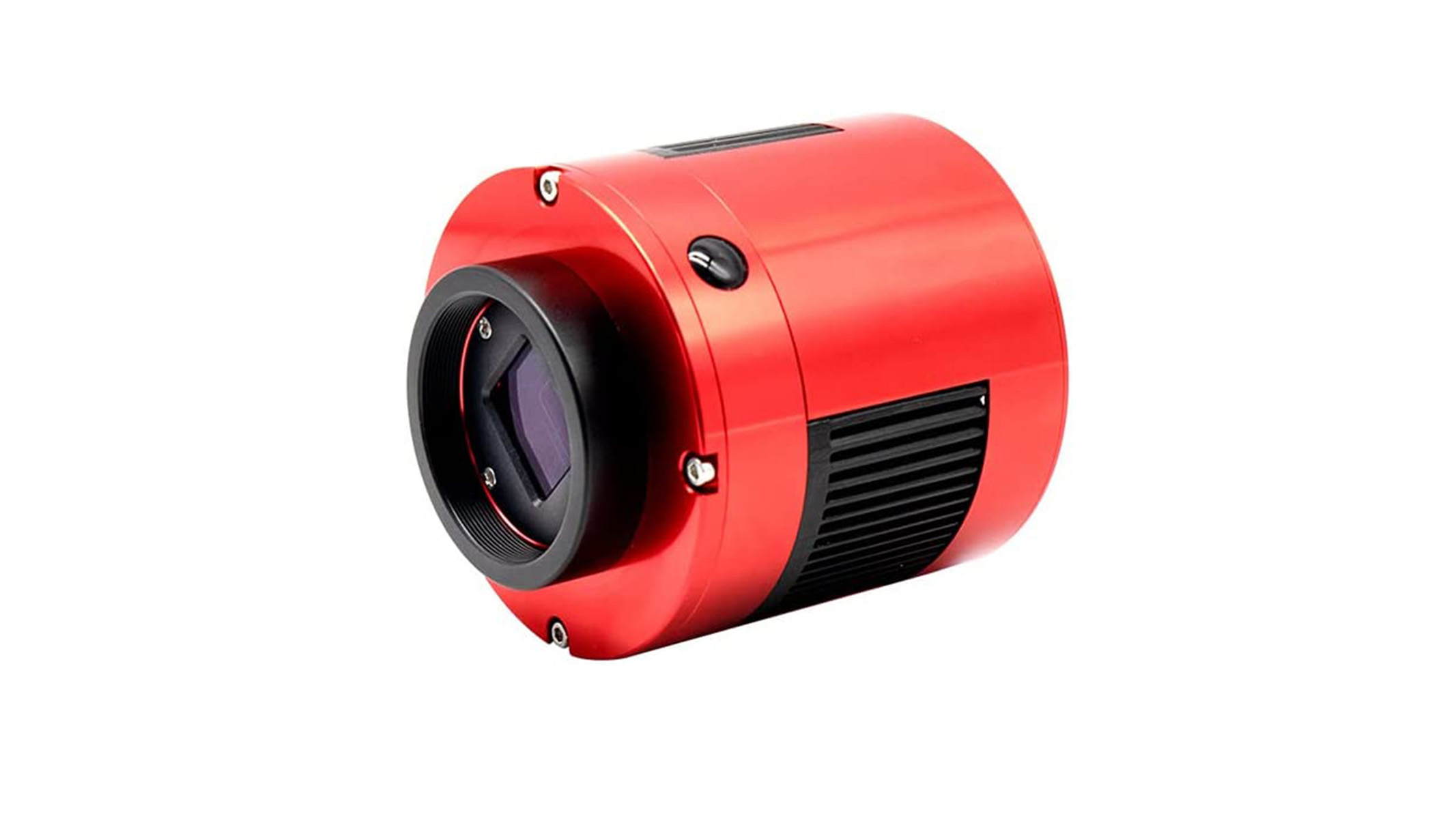
Want to capture your own nebula mosaics? The ZWO ASI533MC Pro camera is the best dedicated astro camera out there, in our opinion. It features zero amp glow, 80% quantum efficiency and a 20FPS frame rate. It also features a 9MP sensor and you can check out our ZWO ASI533MC Pro review for a more in-depth look.
“The most challenging part of editing this image was bringing out the faint hydrogen alpha filaments in the northern region of the image,” explained van Zuilen. “That required careful processing with lots of stretching and noise reduction. It took nine nights to capture enough data to see the filaments clearly and a few more to process the final image, but in the end it was absolutely worth the effort.”
Want to take spectacular images of the night sky for yourself? Then be sure to read our roundups of the best cameras and lenses for astrophotography, along with early deals on stargazing gear ahead of Black Friday 2025.
Editor’s Note: If you would like to share your nebula views with Space.com’s readers, then please send your photo, name, location along with any comments on the shoot and details on the gear used to capture it to spacephotos@space.com.
Stay Informed With the Latest & Most Important News
Previous Post
Next Post
-
 012024 in Review: Highlights from NASA in Silicon Valley
012024 in Review: Highlights from NASA in Silicon Valley -
 02Panasonic Leica Summilux DG 15mm f/1.7 ASPH review
02Panasonic Leica Summilux DG 15mm f/1.7 ASPH review -
 03How New NASA, India Earth Satellite NISAR Will See Earth
03How New NASA, India Earth Satellite NISAR Will See Earth -
 04And Thus Begins A New Year For Life On Earth
04And Thus Begins A New Year For Life On Earth -
 05Astronomy Activation Ambassadors: A New Era
05Astronomy Activation Ambassadors: A New Era -
06SpaceX launch surge helps set new global launch record in 2024
-
 07Space Force plans new ‘Futures Command’ amid pressure to speed up modernization
07Space Force plans new ‘Futures Command’ amid pressure to speed up modernization













